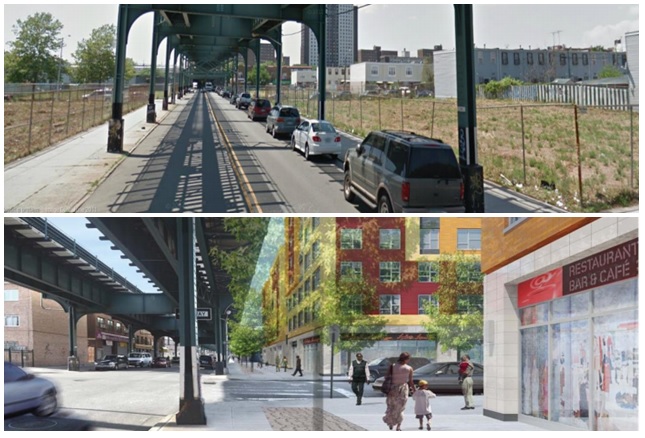
DCP NYC
East New York now (top) and, at bottom, the administration's vision of where it could go. Anyone want to meet at the Restaurant Bar & Cafe in 2019 or so?
The de Blasio administration is trying to build 80,000 new units of affordable housing despite a shortage of two key resources: Land and trust. Unlike the Koch administration’s Ten-Year Plan, there is no vast stock of city-owned land for de Blasio to build on. And thanks to the startling transformation of so many once working-class neighborhoods during the time that Mayor Bloomberg was rolling out his New Housing Marketplace initiative, de Blasio now confronts deep suspicion that his efforts will only spur more gentrification and displacement.
Those fears have animated opposition in several community boards to the administration’s two landmark zoning proposals, which in some ways are designed to try to get around the land shortage.
In an address at the New York Law School this morning, Housing Preservation and Development Commissioner Vicki Been confronted those fears on multiple fronts. She outlined the many steps the administration is taking to prevent displacement (including the fact that most of the units in the mayor’s housing plan are devoted to preservation of the affordable housing that’s already there.
Been also responded to the common outcry about the income levels associated with affordable housing, which often are out of step with average income in the neighborhoods where the housing is built. “Going deeper would require hundreds of millions more in city subsidies, or mean producing fewer new units,” Been’s presentation read. What’s more, “Our obligations to fair housing are to promote diversity, not to have all the new housing match the existing incomes of the neighborhood.”
But the most interesting part of the talk was where Been took on some of the displacement fears directly.
“Displacement is harmful in many ways. People have invested decades in many cases in their homes, in their neighborhoods. They’ ve been there through thick and thin and suddenly they feel they’re being pushed out of neighborhoods they helped to build,” she said. “And of course those [pressures] probably are going to fall most especially on the poor and minority residents who have fewer alternatives.”
There’s no question, Been said, that city investments are going to make targeted neighborhoods more desirable. “That’s the point,” she noted. But will that really uproot the poor?
“Most of the more recent and more rigorous studies of gentrification find that, actually, poor residents and poor households—especially renters—do not move out of gentrifying neighborhoods at unusually high rates,” she said. Noting that low-income families typically have a high rate of housing instability even without gentrification, Been added: “Most of the research show that renters move away no more often and in many cases less often in gentrifying than in less gentrifying neighborhoods.” Homeowners, on the other hand, might be more like to move because they say property values rise and cash out.
Many New Yorkers might dispute that research based on what they’ve seen in Greenpoint, Harlem and elsewhere. But it’s worth watching the video of Been’s speech and reading the presentation below.


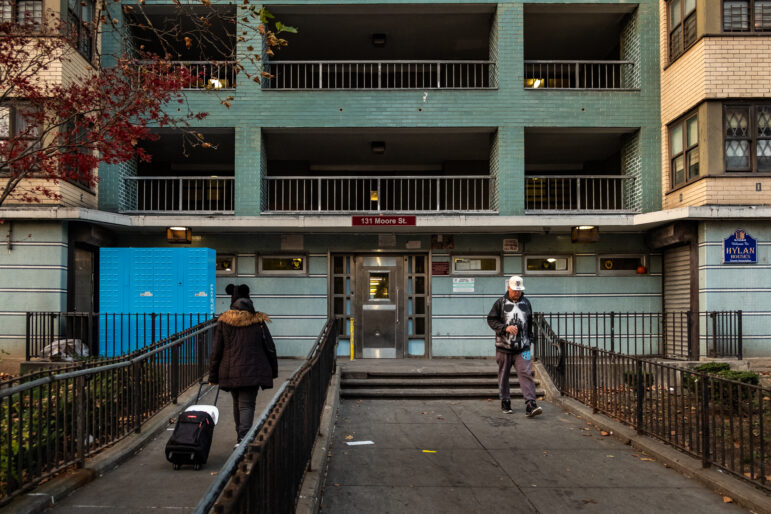
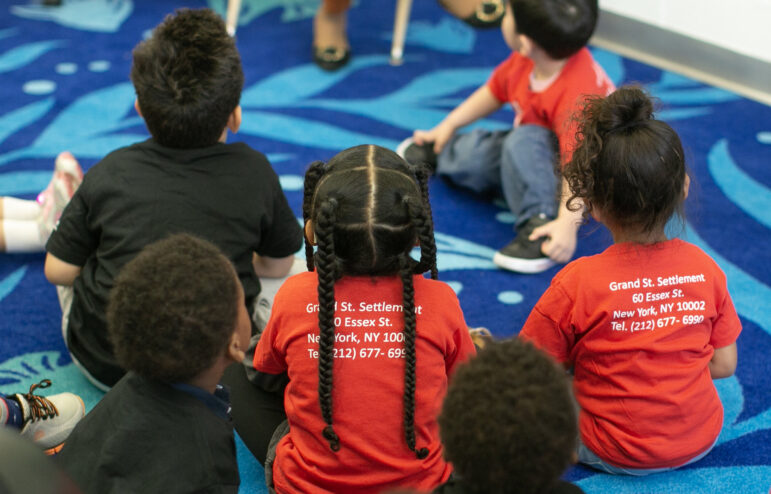

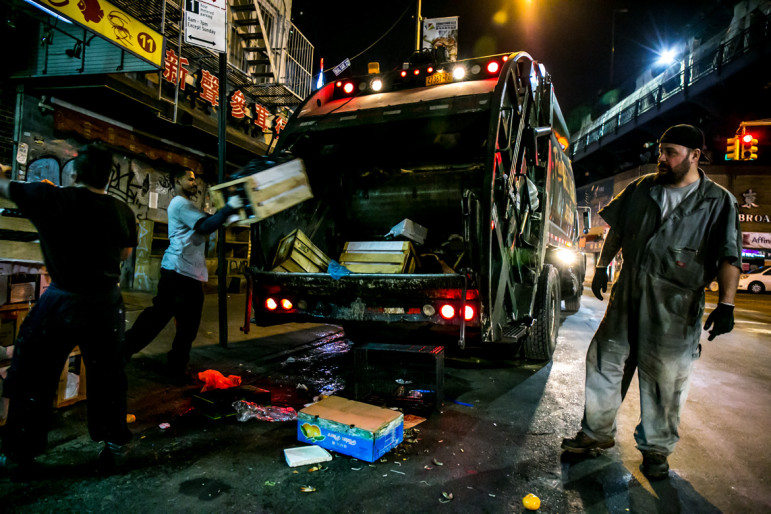
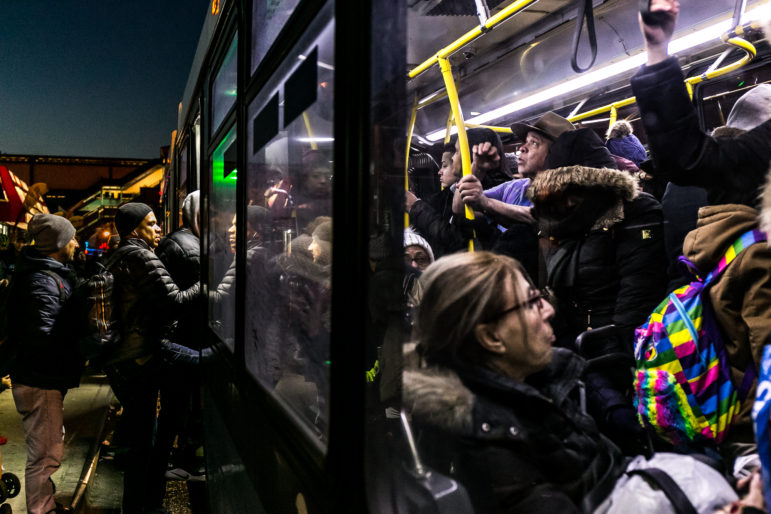


2 thoughts on “City Housing Chief Aims to Rebut Concerns About Displacement”
I don’t think people out in ENY have to worry about gentrification. But it’s their neighborhood and deBalsio shouldn’t steamroll them or any other neighborhood that opposes his plans.
North Brooklyn still doesn’t have the parkland they were promised in 2005 although the developers got their luxury towers. DeBlasio says the city will be walking away from its end of the deal. Why would anyone ever believe their rezoning promises ever again?